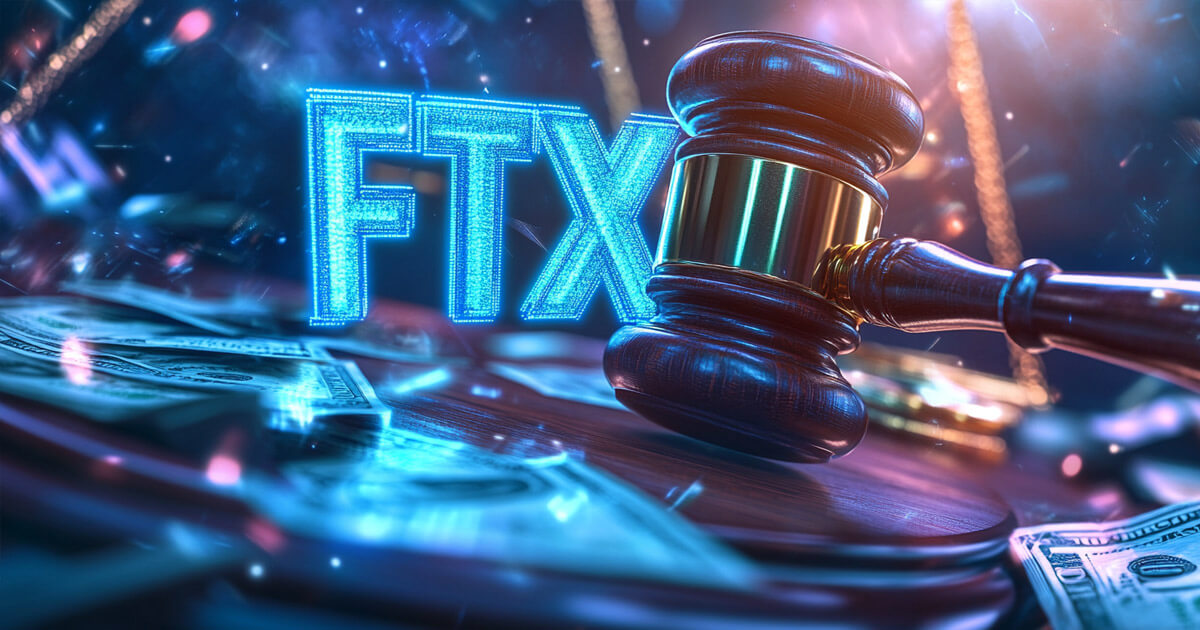With Donald Trump back in the White House, many envision a much friendlier crypto regime in the U.S and that helped to drive Bitcoin’s value to north of the $100,000 mark at the tail end of 2024, increasing confidence in the wider crypto sector.
Most crypto advocates believe we’ll see more of the same gains in 2025, and investors are keen to identify those “hidden gems” with the potential for stunning growth. So let’s take a look at a handful of lesser-known crypto projects that have positioned themselves to take full advantage of the industry’s expected upsurge.
Zeus Network
Zeus Network is set to emerge as one of the hottest Bitcoin interoperability projects in 2025 with its focus on merging the world’s biggest cryptocurrency with Solana’s DeFi ecosystem. It’s the creator of a decentralized programmability layer that allows users to access dozens of Solana-based dApps to earn yield on their BTC hodlings.
The project is looking to bring more utility to Bitcoin, which is still widely regarded as an “idle asset”. Its primary use cases are payments, trading for profit and a store of value, but by bringing it to Solana’s DeFi ecosystem, it can potentially become a yield-bearing token like any asset on the Ethereum network.
Zeus’ programmability layer eliminates the need for centralized custodians that are common with traditional crypto brides, Instead, it relies on a decentralized network of guardians that work together to lock BTC in smart contracts in order to mint zBTC tokens on the Solana network. Once minted, users can deploy their zBTC into any Solana-based dApp and start earning yield on their Bitcoin holdings, without taking on the risks of relying on a custodian to hold their original BTC.
The Zeus programmability layer works in tandem with Zeus Nodes to broadcast and verify transactions and manage executions, while the Solana Virtual Machine handles the state functions. It enables BTC assets to be deployed on Solana, taking advantage of that network’s rapid transaction speeds and low fees.
The first dApp built on Zeus Network is APOLLO, a cross-chain liquid staking protocol that enables users to stake zBTC, provide liquidity, use it as collateral for DeFi loans and more. It’s transforming the utility of Bitcoin at just the right time, and as the value of BTC grows, it’s sure to attract a lot of attention from canny BTC holders looking to maximize the potential of their crypto capital.
Funtico
Many believe that 2025 will be the year that play-to-earn games start to get real traction among traditional gamers, as the playability and graphics quality finally reaches parity with that of “real” video games.
One example of this is Funtico, the creator of a vibrant ecosystem of incentivized games catering to fans of the racing, casino and fantasy adventure genres, among others. What sets Funtico apart from other platforms of its ilk is that it not only develops its own games, but also allows third-party developers to create and submit their own titles to be published in its game library.
For developers, the advantage of building their games on Funtico’s platform is that they can focus more on creating highly addictive and enjoyable games. Funtico itself takes care of all of the blockchain- and crypto-related aspects, including rewards, so that developers don’t have to worry about these technicalities. Instead of creating their own reward tokens, they can just integrate their games with Funtico’s native TICO token, which already has a robust tokenomics structure set up.
In addition, Funtico also simplifies onboarding for new players, who may not even be aware they’re playing blockchain games. It’s the same experience as signing up for a Web2 gaming platform, with players logging in via email and password in order to access their account and integrated crypto wallet. It’s a custodial wallet, meaning that player’s crypto funds are controlled by Funtico, but those who’d rather withdraw their earnings to a non-custodial wallet can easily do so. This approach solves one of the major challenges of play-to-earn games, which can be extremely confusing for those new to crypto.
TICO can be spent across the Funtico ecosystem, so players who earn rewards on Formula Funtico can use them to buy new items for Heroes of the Citadel, or gamble on Lucky Funatic, for example. They can also sell their rewards on a third-party exchange if they’d rather cash out into fiat or another cryptocurrency, like Bitcoin.
dRPC
The creator of a decentralized remote procedure call infrastructure, dRPC aims to solve the problems caused by the fragmentation of the blockchain industry and simplify data management for dApp developers. It supports more than 90 blockchains with features like AI-powered load balancing to improve resiliency and reduce latency across dozens of networks.
dRPC is looking to simplify a blockchain ecosystem by helping developers to navigate the chaos of various incompatible blockchain protocols and build high-performance multichain dApps.
Its infrastructure supports the reliable and efficient handling of RPC calls during times of peak traffic, ensuring streamlined and low-latency access to hundreds of networks, along with advanced analytics tools that can help to boost performance. Moreover, its pay-as-you-go model means that even the smallest crypto projects can take advantage of its infrastructure, paying only for what they use.
It’s an innovative solution to the growing problem of blockchain ecosystem fragmentation, helping to bridge a vast number of decentralized networks and ensure the seamless transfer of data and value across them all. As Web3 adoption accelerates, dRPC is set to become a pivotal player in terms of its supporting infrastructure, enabling dozens of blockchains and their ecosystems to interact nicely with one another so developers can focus more on product innovation.
Synesis One
Looking to capitalize on the growth of decentralized AI, Synesis One has created a data crowdsourcing platform that enables everyone to participate in the ecosystem and be rewarded for doing so. Users can earn the platform’s native SNS tokens by completing micro-tasks in order to help train AI models, and they can engage further by purchasing NFTs representing decentralized datasets that can earn passive income over time.
The micro-tasks involve things like labeling and annotating training data in order to make it more useful for AI applications. Because the platform is decentralized, it ensures full transparency and fairness, with contributors earning rewards based on the amount of time and energy they invest in those tasks.
Users earn SNS tokens by completing various tasks, and those rewards can be traded, sold or used to pay for access to data and buy other products and services. In addition, users can stake their SNS tokens to earn passive income, or buy NFTs.
The NFTs are known as Kanon NFTs, which represent datasets created by the Synesis One community. When a developer pays to access that dataset, the NFT holders receive some of that income.
The project is likely to grow because AI developers are crying out for more data as the industry races forward. AI applications are in vogue and in order to become more powerful, they need more data, but many companies that have this data don’t want to share it. Instead, the likes of OpenAI, Microsoft and Facebook hoard their datasets and refuse access to others. Moreover, developers cannot just resort to scraping the internet, as copyright concerns increase.
Synesis One provides developers with access to specialized, high quality datasets at low cost, solving a key pain point, and everything points to the project gaining further momentum this year. For instance, one study shows that the global market for AI training data will grow at a compound annual growth rate of more than 23% from now until 2030, and Synesis One looks poised to capitalize on that demand.
Zest Protocol
Zest is another emerging darling of the Bitcoin ecosystem, looking to enhance BTC utility in various ways so as to bring more value to asset holders. It’s an open-source lending and borrowing platform that’s native to the Stacks blockchain, which is a sidechain that’s closely integrated with Bitcoin itself.
By leveraging Stacks-based smart contracts, Zest makes it possible for Bitcoin holders to deposit BTC in various liquidity pools. Users can deposit funds into earn pools, where they earn yield from the interest that’s repaid by borrowers, or they can put their money into borrow pools and use those funds as collateral to take out a loan in various other digital tokens. In this way, Zest makes it possible for Bitcoin holders to gain liquidity and access the DeFi industry on multiple blockchain platforms without selling their assets, and without restoring to the use of custodians.
In 2023, the protocol was voted as one of the best native Bitcoin lending platforms by Blockworks, having launched in late 2022. That makes it one of the earliest projects that’s trying to extend the utility of Bitcoin, and its first mover advantage and string of engagements with traditional financial institutions may help it to establish itself as one of the go-to platforms for Bitcoin DeFi users as the ecosystem rallies this year.
Source: https://www.crypto-news-flash.com/top-5-crypto-gems-ready-to-boom-in-2025/?utm_source=rss&utm_medium=rss&utm_campaign=top-5-crypto-gems-ready-to-boom-in-2025








Leave a Comment